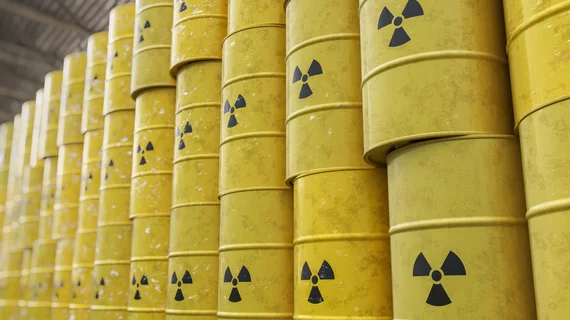ANSTO confirms another shutdown at Mo-99 facility
The Australian Nuclear Science and Technology Organization (ANSTO) confirmed it has shut down its Lucas Heights nuclear medicine facility following a “mechanical fault,” The Guardian reported. The shutdown puts an added strain on Australia’s already short supply of molybdenum-99 (Mo-99).
According to ANSTO, there are “no safety implications” from this shutdown, and said they had secured a limited supply of Mo-99, but admitted doctors will have to adapt.
“This will be a crisis by next week,” said Peter Tually, director of Kalgoorlie Medical Imaging in Western Australia, to the Guardian. “I’m going to be presented with six or seven referrals and I’m going to have to make a decision about who I can see and who I can’t.”
The Lucas Heights facility is one of 11 reactors in the world, but has experienced many problems. Most recently, ANSTO halted all production after three workers were exposed to radiation from a contaminated container full of Mo-99.
Read the full story below.

